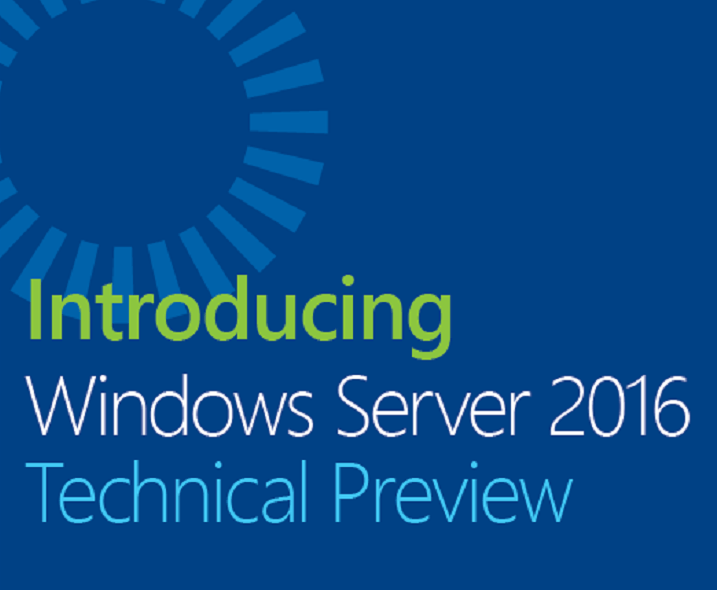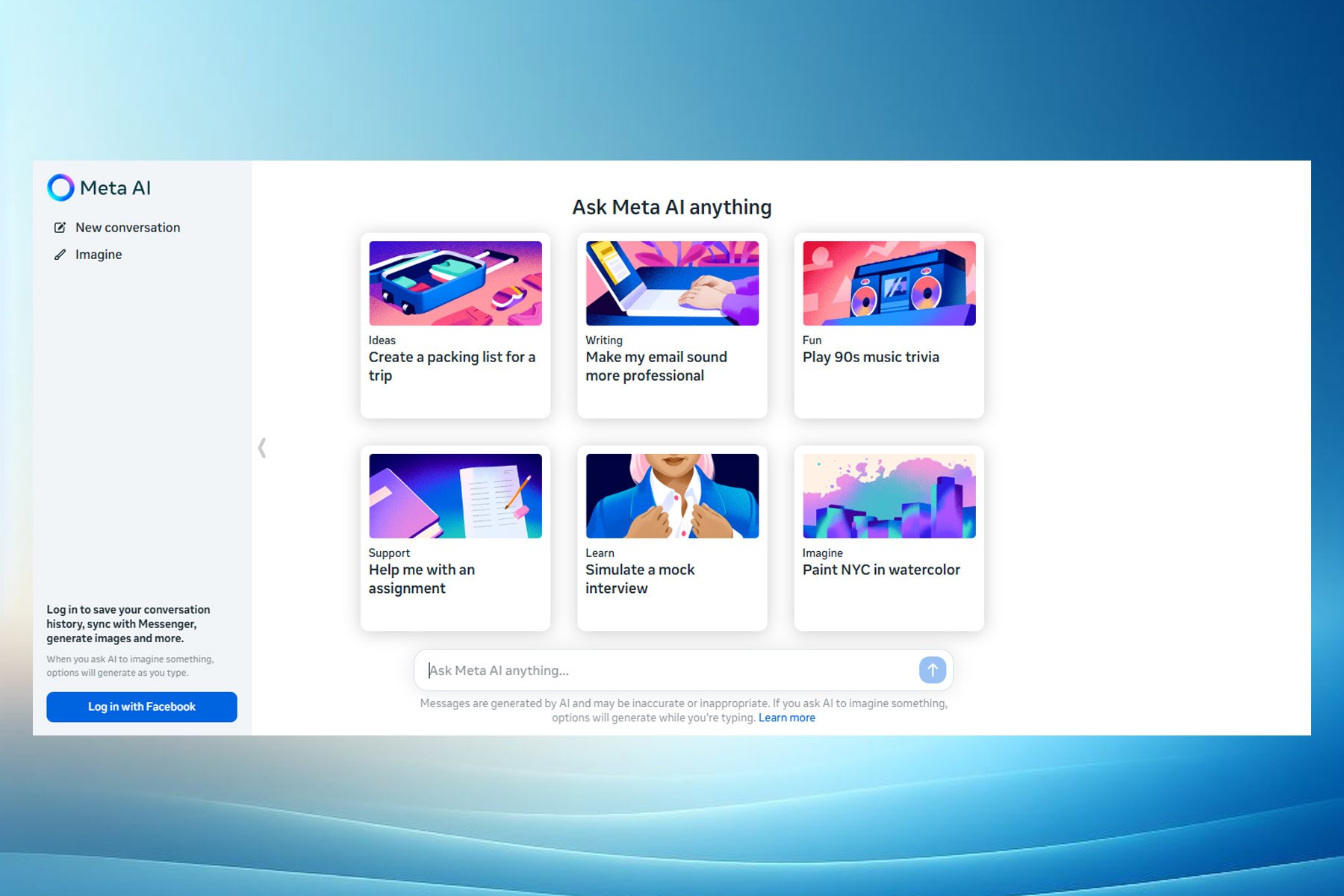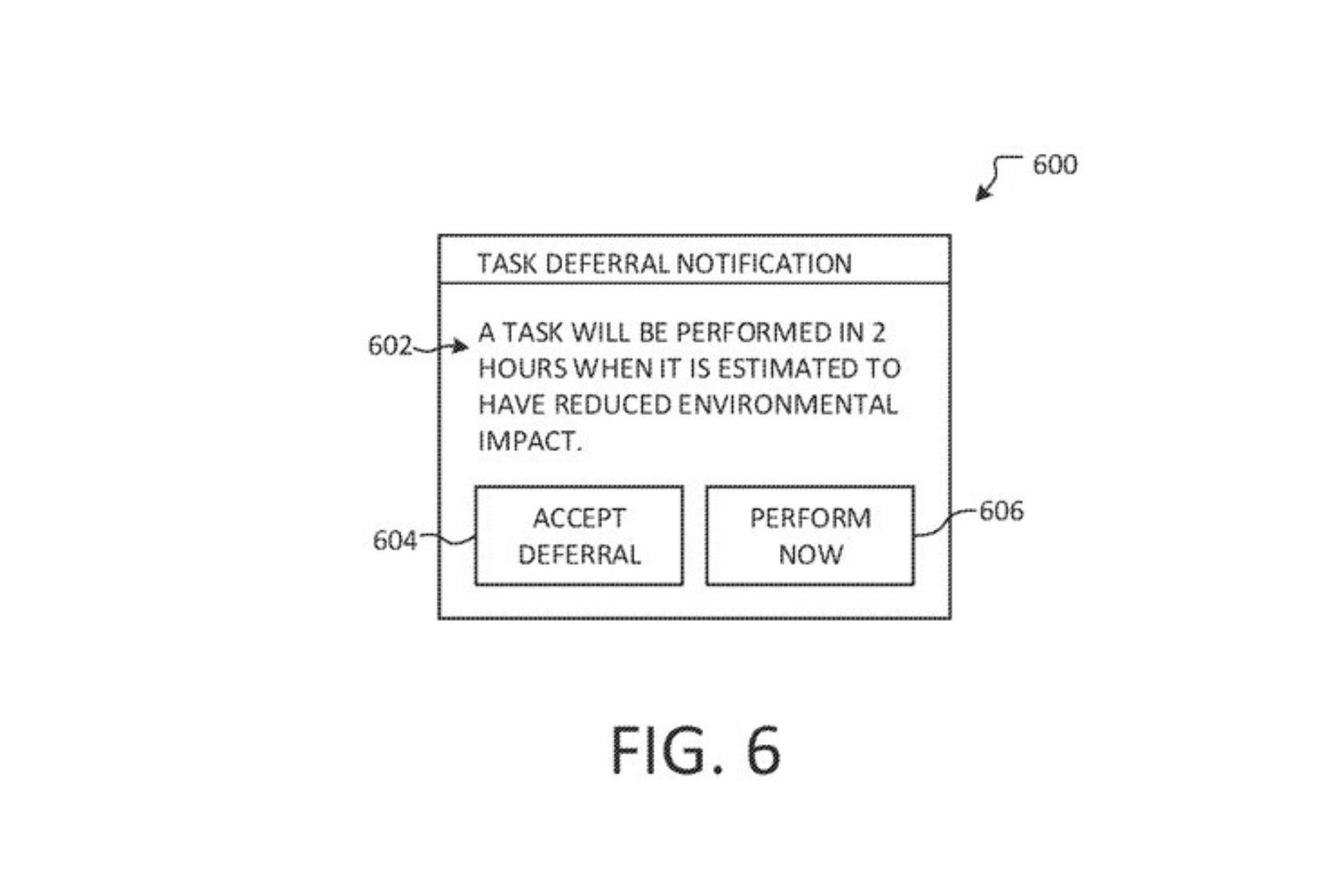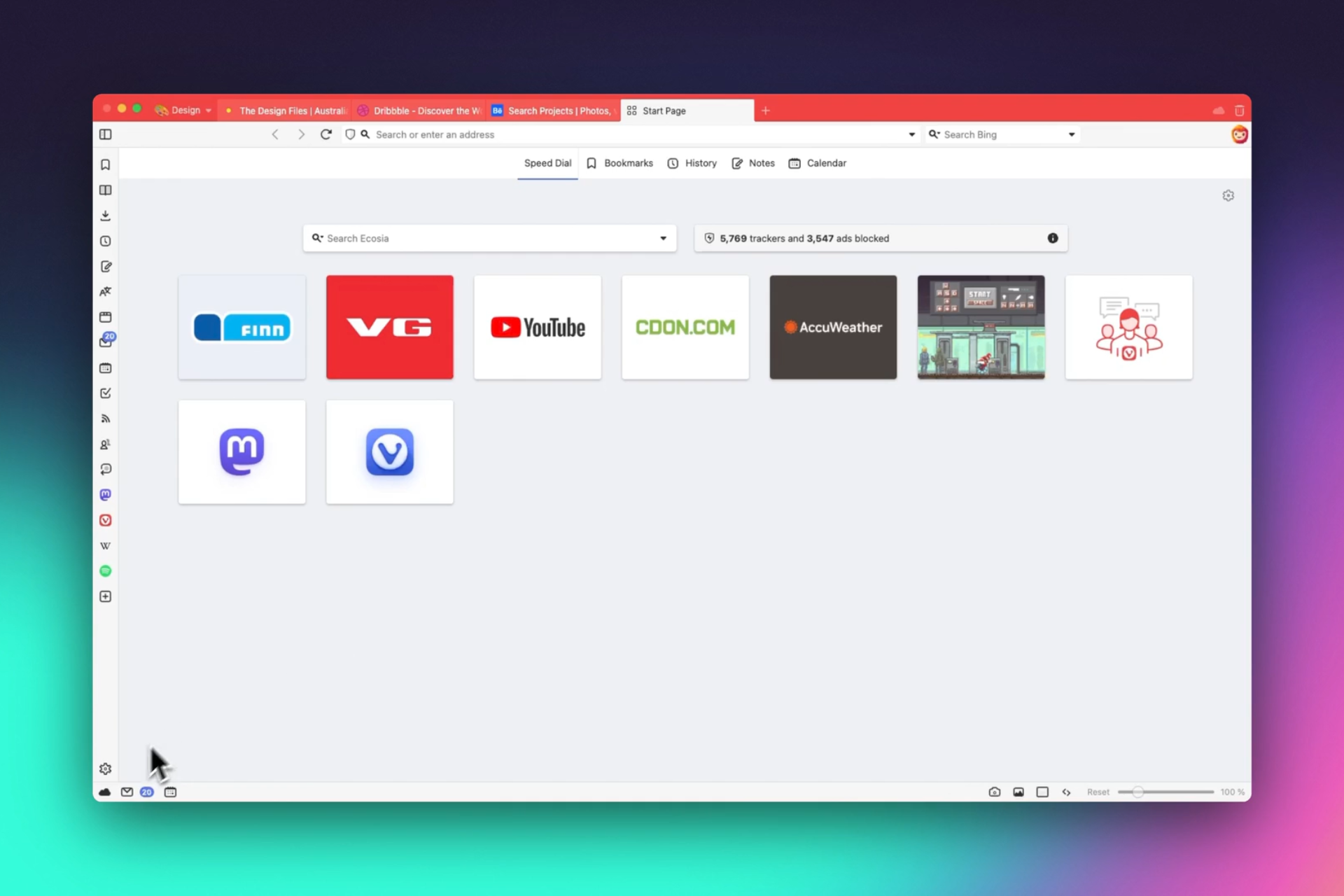Windows Server 2016 sees September release, introduces increased security, better data center management and more
2 min. read
Published on
Read our disclosure page to find out how can you help Windows Report sustain the editorial team Read more

Microsoft recently confirmed Windows Server 2016 will be launched at the Ignite Conference in September and alongside its reveal, the service model this technology will support.
Windows Server 2016 is a cloud-ready operating system developed for business use that brings new layers of security and Azure-inspired applications and infrastructure. The main advantages Windows Server 2016 brings to business customers are:
- Increased security and reduced business risk with multiple layers of protection built into the operating system.
- Better data center management allowing you to save money and gain flexibility thanks to Microsoft Azure data center inspired technologies
- An application platform optimized for the applications you run today, as well as the cloud-native apps of tomorrow.
Windows Server 2016 includes three main editions which will be available for purchase starting from October 2016:
- Datacenter: For organizations that need unlimited virtualization along with powerful new features including Shielded Virtual Machines and software-defined storage.
- Standard: For organizations that need limited virtualization but require a robust, general purpose server operating system.
- Essentials: For smaller organizations with less than 50 users.
Windows Server 2016 will support the 5+5 service model, which includes five years of mainstream support and five years of extended support. During the first 5 years, Microsoft will deliver both bug fixes and feature improvements, while during the next five years only security bug fixes will be available.
Customers choosing the Nano Server installation will benefit from a longer servicing period, with periodic Current Branch for Business (CBB) releases. This type of server technology is usually used for cloud-related deployments using containers, not traditional Windows server software.
Our goal is to provide feature updates approximately two or three times per year for Nano Server. The model will be similar to the Windows client servicing model, but we expect it to have some differences. […]
For example, while it will be necessary to stay current with new versions as they come out, the new versions will not auto-update a server. Instead, a manual installation will be performed by the admin when they choose. Because Nano Server will be updated on a more frequent basis, customers can be no more than two Nano Server CBB releases behind.
RELATED STORIES YOU NEED TO CHECK OUT:








